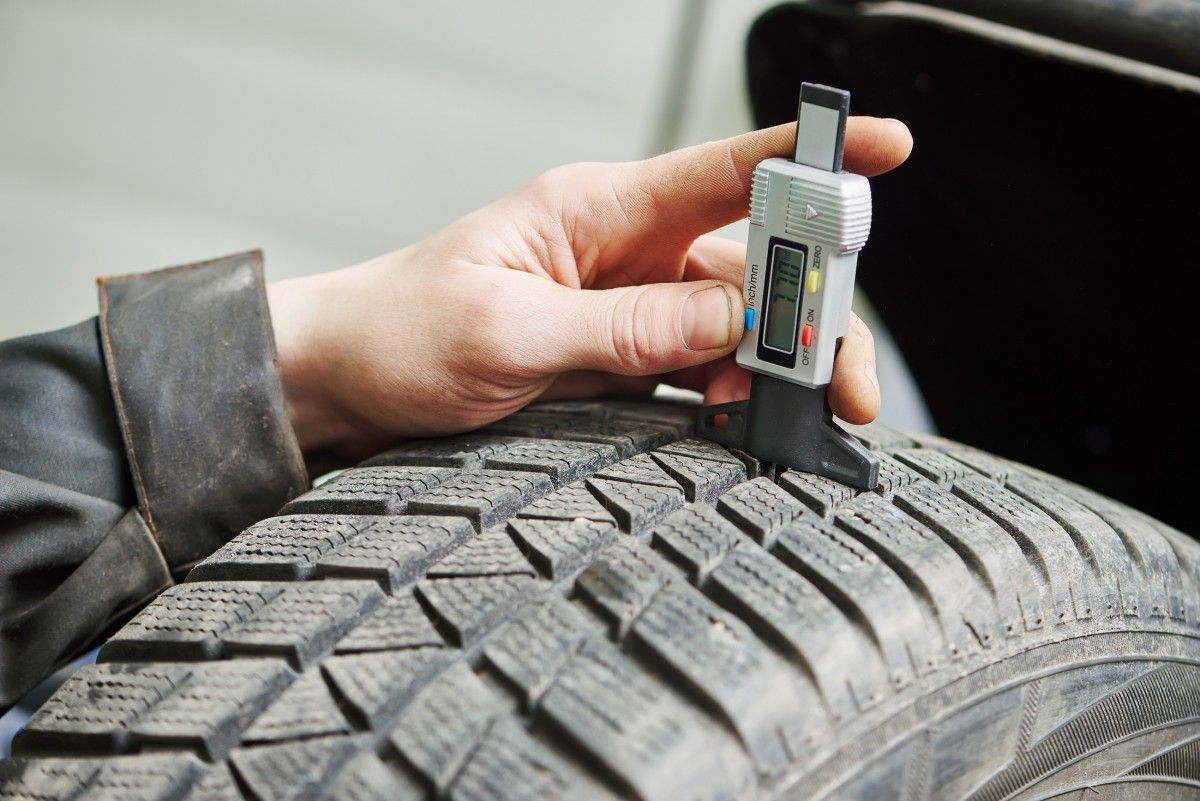The sticker provides data such as the size of the wheel, the load index and its speed.
This Saturday, May 1, the new European tire label came into force , so from now on all newly acquired tires must incorporate this new sticker, which offers more information to European consumers and will allow them to save about 2,800 million of euros per year in fuel.
As reported by the Tire Manufacturers Association (Afane) , the objective of this new labeling is to make it easier to understand, especially in relation to safety and sustainability.
This new sticker provides information on data related to the quality of the product and aims to help users and professionals in the sector to know characteristics about fuel consumption, adherence to the road or noise pollution .
In this sense, the new labels include different novelties and complementary information compared to the current label, such as a scale change in the information on energy efficiency and grip on wet roads , as well as a pictogram for grip on ice and grip on snow. .
Data on the external noise of the tires and a QR code are also added in which all the information of the product, different classifications of the tires and data on their manufacturing process are available.
In addition, the stickers must include information on the name of the manufacturer, the identification of the tire, as well as its dimensions, load capacity and speed .
“The new label coincides with the commitment to sustainability and the reinforcement of road safety of manufacturers. There is increasing sensitivity in all levels of society for sustainable mobility and this new design informs more and better about tires at the ordinary citizens and the professionals of the sector themselves “, stressed the director of Afane, José Luis Rodríguez .
Will I have to change tires?
In no case will the new regulations oblige motorists to change the tires of their vehicles. What happens is that, from now on, they will have more information when they go to buy new ones.
What tires does it affect?
The new regulation will apply to C1 tires, C2 tires and, as a novelty, to C3 tires (for heavy vehicles), which were not included in the previous Community guideline.
Reduction of CO2 emissions
According to estimates by the European Union Research Service, the implementation of the new labels will reduce 10 million tons of carbon dioxide (CO2) emissions, while information on energy efficiency will save consumers up to 2,800 million euros a year in fuel.



 Bitcoin
Bitcoin  Ethereum
Ethereum  Tether
Tether  XRP
XRP  Solana
Solana  USDC
USDC  TRON
TRON  Cardano
Cardano  Lido Staked Ether
Lido Staked Ether  Avalanche
Avalanche  Toncoin
Toncoin